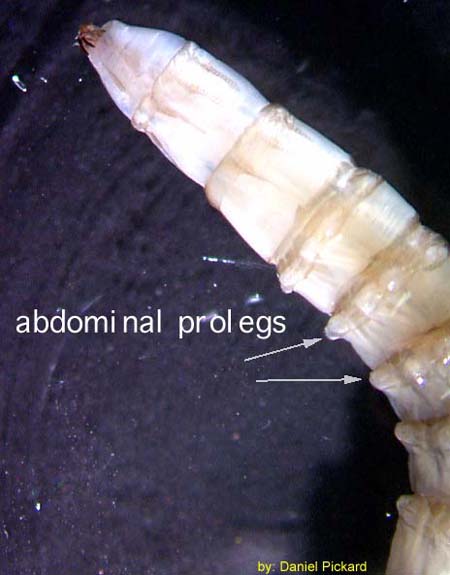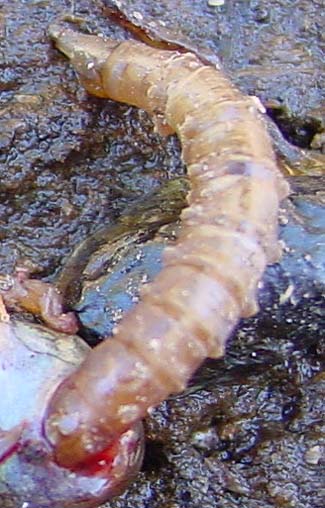
THE XERCES SOCIETY FOR INVERTEBRATE CONSERVATION Aquatic Invertebrates in Pacific Northwest Freshwater Wetlands |
| Identify taxa |
Tabanidae (horse and deer flies) |
Most tabanid larvae live in wet soils, like those in wetlands and on the edges of streams and ponds. Nearly all the larvae are predatory and pierce their prey with hook-like mandibles. The larvae are generally cylindrical, with a small pointed respiratory siphon at the end of the abdomen and a rounded front. Each abdominal segment is encircled by a ring of bumps. Their head parts are reduced to slender rods. Tabanid larvae live almost exclusively in wetland habitats, but can be rare in samples. |
Size: large to xlarge Identifying feature(s): ring of bumps around each abdominal segment; pointed hind end and rounded front Habitat: diverse freshwater habitats, including wetlands Tolerance to pollutants: tolerant |
 |
|
© 2007 Xerces Society
Contact info@xerces.org


